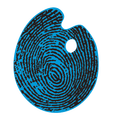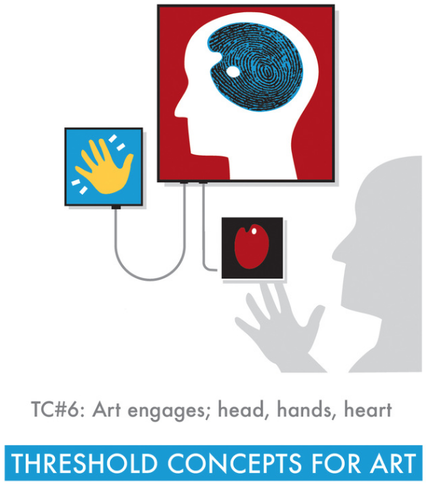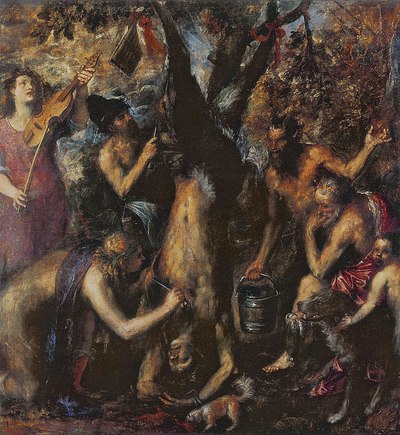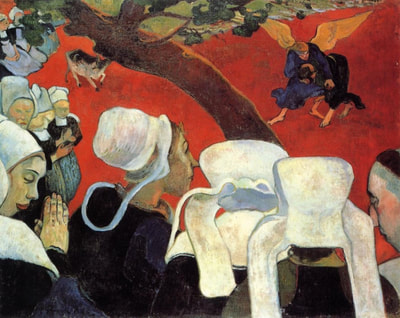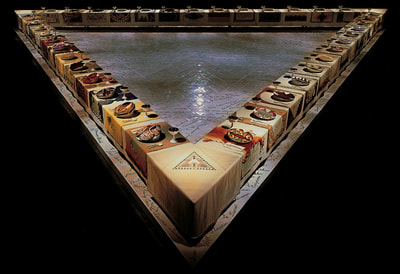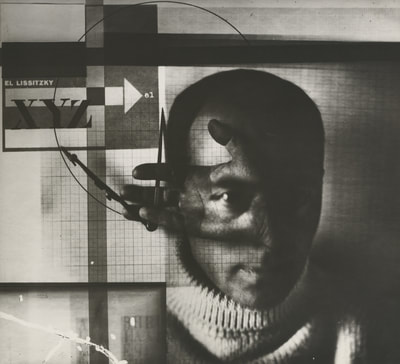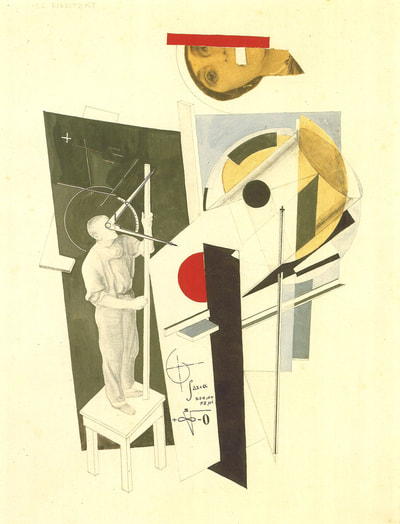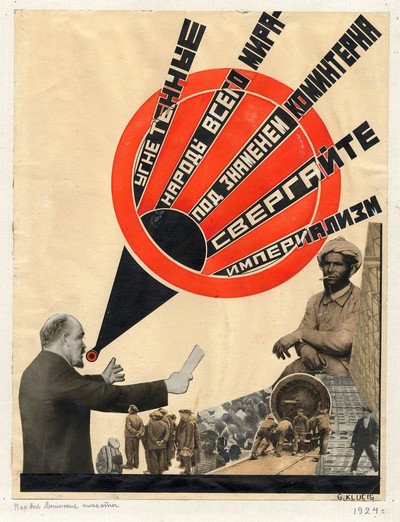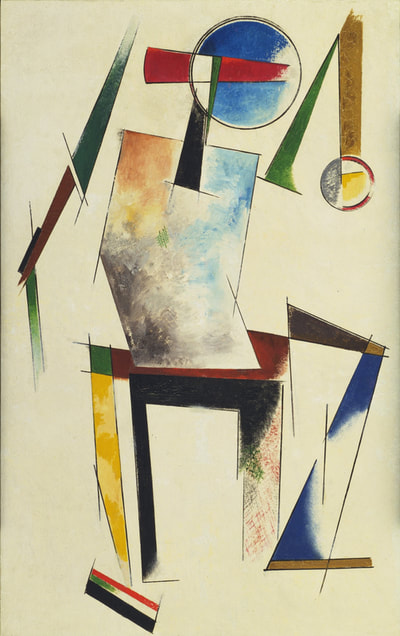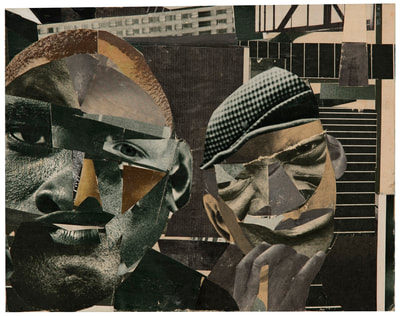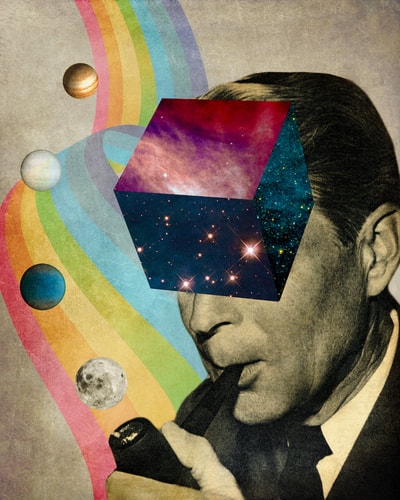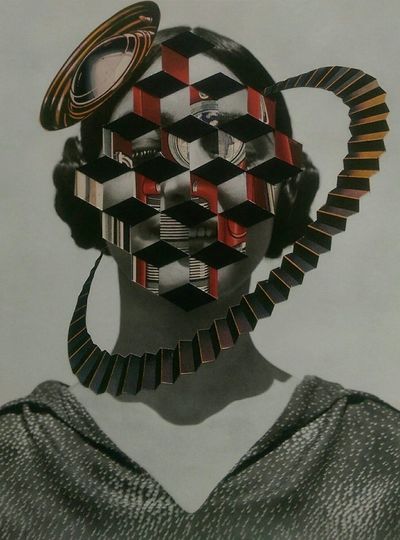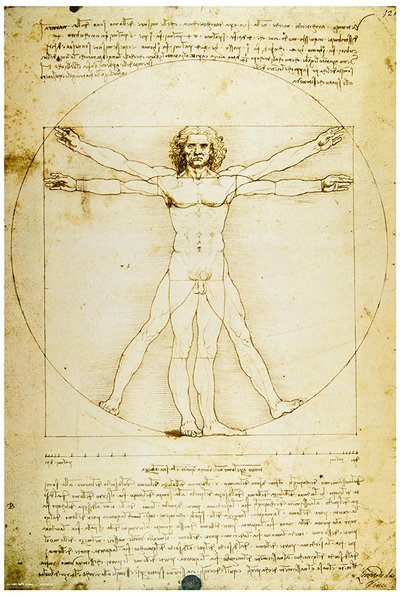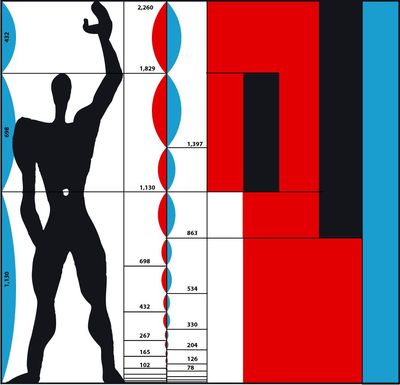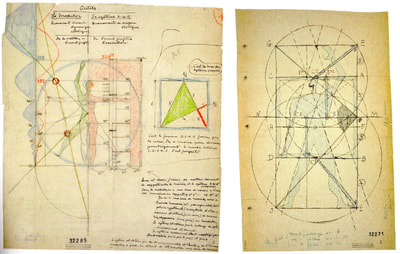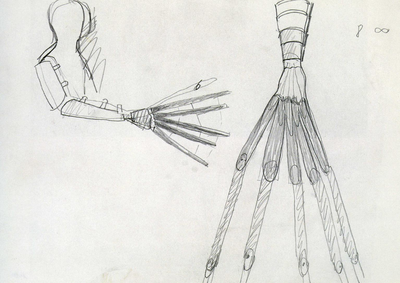TC#6Artists use their heads, hands and hearts, to varying degrees, during the creative process. Art appeals to the body and mind. To engage with a work of art a viewer might also employ all of their senses. Art can evoke a heightened sense of place and wonder.
About the graphicOur Threshold Concepts for Art are accompanied with illustrations to aid their introduction. Each image contains a reoccurring graphic: a fingerprint in the shape of an artist's palette. TC#6 presents us with a viewer engaging with a multimedia gallery wall. A palette brain and heart are connected by wires to an animated, waving hand. The viewer appears to respond to this gesture as if meeting his or her double. Art is made with head, heart and hands and we should respond to it with our whole selves. Art can be entertaining, but it can also transform our sense of what it means to be human.
|
"He who works with his hands is a labourer.
He who works with his hands and his head is a craftsman.
He who works with his hands and his head and his heart is an artist."
Saint Francis of Assisi
How might these works connect to TC#6? Click on the images above to find out more. Consider the levels of emotional and physical investment made by the artists, alongside intentions and motivations.
WhAT DO I NEED TO KNOW?
- Much has been written about the way artists behave, think and make. There is no one way of being an artist and the conception of an artist has changed significantly over time and across the world.
- Throughout the histories of art, certain artistic qualities have been prized above others. When artists have been expected to conform to rules and conventions, their manual skills and techniques were considered more important than their ability to generate novel ideas. An example of this might be Byzantine art which combined Biblical sources with the creation of anti-naturalistic icons. During the period often referred to as Romanticism, artists celebrated their passions and fears, exploring their subjectivity and psychology. In the 1960s, artists in Europe and the USA began to focus on the ideas or concept behind the work of art. Sol LeWitt's 'Paragraphs on Conceptual Art' from 1967 seems to celebrate the artist's mental, rather than manual or emotional, capacities. However, in order to make art of any sort, artists have to engage with the physical, the emotional and the intellectual in varying degrees.
- The meaning of works of art is partly dictated by the artist. S/he selects a subject and materials, uses particular techniques and processes, considers scale, chooses a title etc. Once they are purchased and exhibited, collectors, museums and galleries can also shape the meaning of art works through accompanying texts and relationships established with other works of art. However, it is the viewer who completes the meaning making process in their encounter with the work. Each viewer will bring his/her own combination of thoughts, observations, feelings and presence to the work. In this sense, the artist's head, heart and hands meet the viewer's, creating a one-of-a-kind conversation.
Practical ideas for the classroom
- Imagine an artist of the future, perhaps 50 or 100 years from now. Draw the outline of a human form and label it with the qualities needed by a future artist. What kind of art will they make? What might it be concerned with? What skills, attitudes and beliefs might an artist of the future need? What would be such an artist's role in society? You could create a collage representing this future artist, perhaps inspired by the futuristic visions of the Russian Constructivists, the work of Romare Bearden or contemporary collage artists.
- Work with a partner to take a series of measurements of parts of your body - the width of your head, the length of your arm, the circumference of your neck etc. You might decide to create a set of tools representing these measurements using materials like string or paper. Now, use these measuring devices to calculate the scale of your environment. How long is your classroom in heads? How far is it to the nearest sink in big toes? You could develop this idea by researching ideas about the human body as a source of measurement. Did you know that your heart is approximately the size of your fist and that two fists equates to the size of your brain? The Ancient Egyptians developed a system of measurements for everything based on the human body. Leonardo da Vinci created a drawing to illustrate a perfectly proportioned male figure and the architect Le Corbusier developed a system of proportions based on a schematic human figure. Some contemporary artists use walking as a way to engage with their surroundings or extend their bodies with prostheses.
- Make a list of your fears or phobias. These could be very simple and not particularly scary things but could also be profoundly troubling. Select one of these fears. Find out as much as you can about it, in history, in art, in popular culture, in the news etc. Print out and/or photocopy these items. Make notes. Take photos. Organise your research as if you were preparing to take a test and this was your specialist subject. Now, devise a performance in which you present this fear or phobia to an audience. You should carefully consider all the different ways of doing this, from the very literal to the metaphorical, poetic, surreal or comic. Will you need to recruit other performers? Will you need to make props? Will there be a soundtrack? What kind of space will be appropriate? How will you let people know about it? Add all of your plans (drawings, brainstorms, notes etc.) to your file. Now, choose one or more of the following courses of action:
- Publish all of your material in the form of a zine or book
- Bury your file in a secret location. Record the burial in some way.
- Conduct your performance to an invited audience.
“I test the limits of myself in order to transform myself, but I also take the energy from the audience and transform it."
Marina Abramovic
FURTHER READING
The following texts have been chosen to promote wider contextual study. Students should consider the author's intentions, their chosen writing style, and how the texts combine research and historical facts alongside personal insights and opinions.
- What is Art? and/or What is Beauty?
- Investigating Identity - Discover how artists mine the concept of identity—and often challenge it—in their work.
